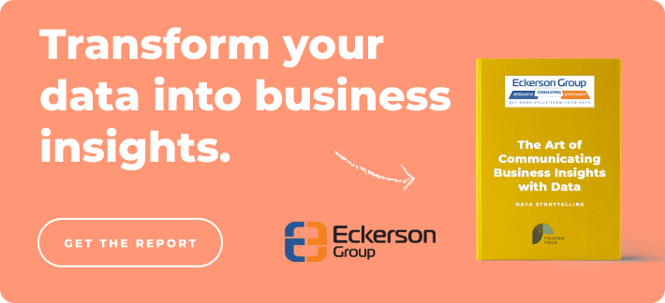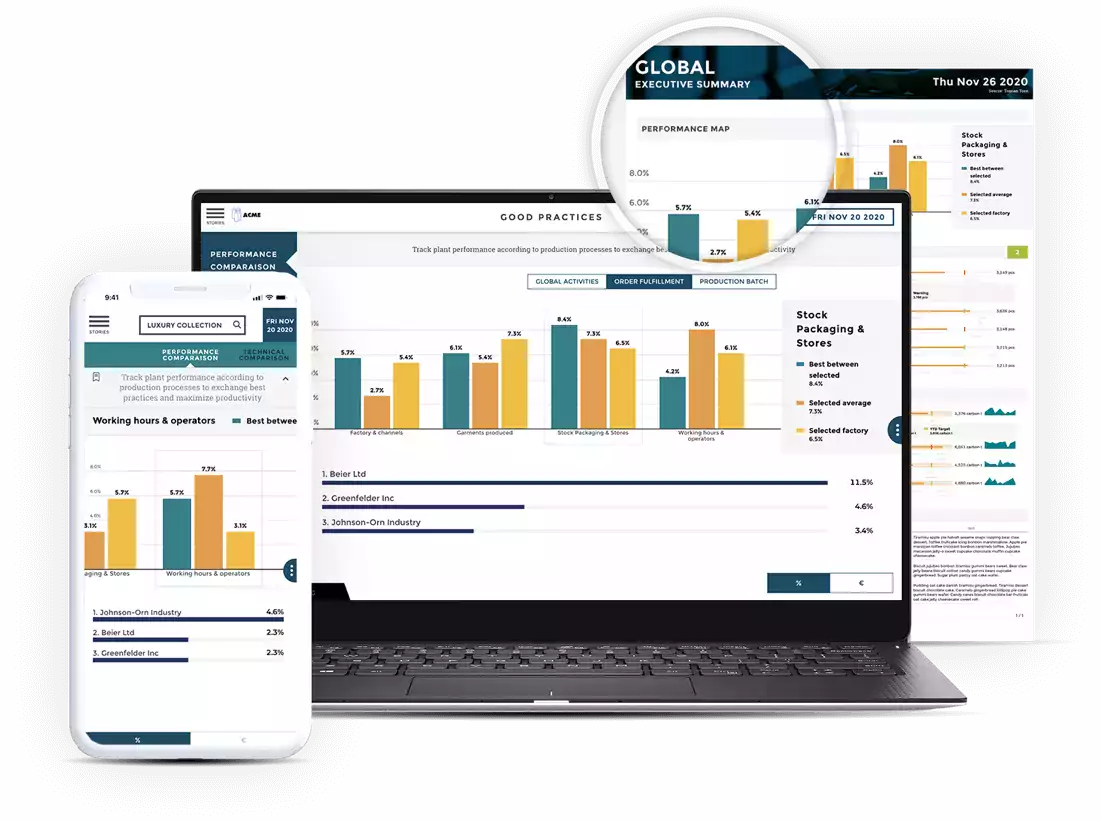PostgreSQL's specialty is data warehousing management, taking the complexity away for non-technical users. All you have to do is enter simple English queries, and PostgreSQL will take care of formatting and arranging the data.
The biggest problem PostgreSQL users encounter stems from its functionality. While it can structure and prepare your data, it is often lacking when business users require insights. So what's the solution to making the best use of PostgreSQL data?
Investing in a data analytics solution can bring your stored data to life and there are many options available depending on a company’s use case. For example, you need to generate a report based on your PostgreSQL data and it needs to be ready by tomorrow. Without a data analytics solution to layer on top of your stored data, that would be impossible.
Today’s modern analytics solutions have powerful capabilities due to cloud-based technologies, and connecting to them can revolutionize how business professionals generate insights and contextual information.
Finding an analytics solution to layer on top of PostgreSQL can be a difficult process since they cater to different users and use cases. We'll dive into how the top PostgreSQL stack up and where they perform the best.
01. Toucan Toco
Who it is made for: Non-technical users
Data level needed: Novice
Unique attribute: Context everywhere
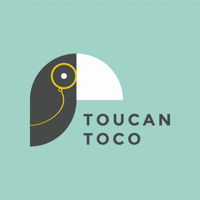
As the highest ranking embedded business intelligence solution according to G2, Toucan is the best solution for non-technical users. Just like PostgreSQL makes data warehouse management easier for non-technical users through English queries, Toucan’s 0-code embedded analytics make data visualization accessible for every business professional. To pair the two user-friendly solutions, Toucan supports one-click integration for PostgreSQL, seamlessly connecting to a user’s database.
Toucan’s performance on the day-to-day centers around an organization’s data story, which is helpful when trying to make sense of PostgreSQL data. Structured data in PostgreSQL can only take you so far, and to most, it is still too raw to spark insights. By connecting PostgreSQL to a data storytelling solution like Toucan, non-technical users can select the KPIs that tell their organization’s story to generate a lively and clear picture of its health. For companies hesitant about hiring data architects and developers to create visualizations and reports with their stored data, Toucan is the perfect solution.
Data ownership, democratization, and context are the main focus of Toucan’s features. Collaboration is emphasized throughout, with comment sections and annotation capabilities allowing users to share observations within the app. The UI and navigation are also structured to provide context through headers, glossary sections, alerts, and descriptions to simplify technical aspects of your PostgreSQL data. Most importantly, Toucan makes reporting your data a breeze, with instant exports to PDF and other file types freeing up your IT department’s valuable time.
Toucan’s competent customer service team makes it easy to reach out with any concerns or questions when simply connecting your PostgreSQL infrastructure with one click.
02. Tableau
Who it is made for: Data architects
Data level needed: Advanced
Unique attribute: Customization
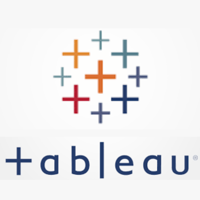
Tableau is a name many recognize for its advanced capabilities. For expert users, the platform can unlock insights for specific use cases with complex features. However, organizations without a dedicated data department will struggle to use the platform. Connecting PostgreSQL data will be a challenge without coding expertise and the necessary data infrastructure.
Because of Tableau’s complexity, it has more potential for customization and usage in niche use cases. It is by far the most customizable platform on this list, but that customization comes at a cost. All data imported by your PostgreSQL connection must be coded to create visualizations, making data experts a must. For companies with dedicated data experts that are not hindered by budgetary constraints, Tableau is the best solution.
Where Tableau often stumbles is in its lacking customer service and pricing. Because Tableau designed the platform exclusively for experts, it expects them to solve any problems they encounter while using the platform. Tableau’s pricing is already high and paired with hidden costs and a company’s data team payroll, the solution proves to be a costly proposition.
Although Tableau clearly outlines the process for PostgreSQL connections in its documentation, it can be difficult for a non-technical user to understand. Overall, there are no complaints from expert users on Tableau’s connection stability and performance with PostgreSQL.
03. Gooddata
Who it is made for: Non-technical users
Data level needed: Competent
Unique attribute: Simplicity
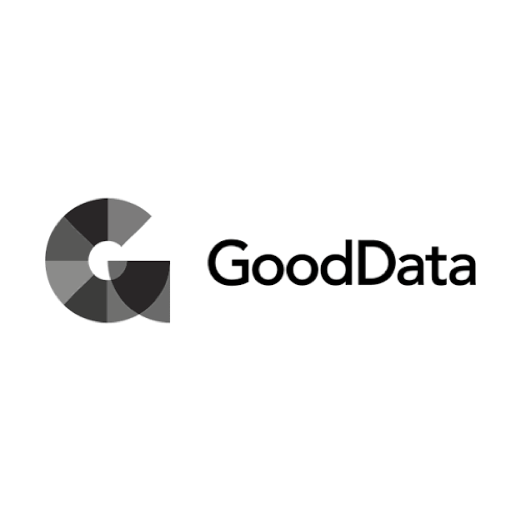
GoodData is a solution built around simplicity. With an emphasis on clean UI, GoodData’s reporting functionality is its strength. The platform is nowhere near as complex as Tableau, however, it is not a zero-code solution. Having a data expert on your team is important to get the most out of GoodData's reporting capabilities.
The platform is incredibly stable and handles basic functions with ease. With cloud technology updating visualizations, GoodData is a modern analytics solution that meets the expectations of today’s organizations.
Simplicity can be a double-edged sword, and data experts find GoodData to be extremely limiting. For enterprise use cases that demand more complex features and scalability, GoodData just doesn’t stack up compared to the other solutions on this list. Although GoodData is not an expert solution, it can be the perfect PostgreSQL solution for a small to mid-sized company with only a few data experts on hand, doesn’t need embedded analytics, and isn’t looking to scale.
GoodData's PostgreSQL integration is reliable and with the right use case, it can be the perfect analytics layer on top of PostgreSQL.
04. Metabase
Who it is made for: Technical users
Data level needed: Expert
Unique attribute: Open source
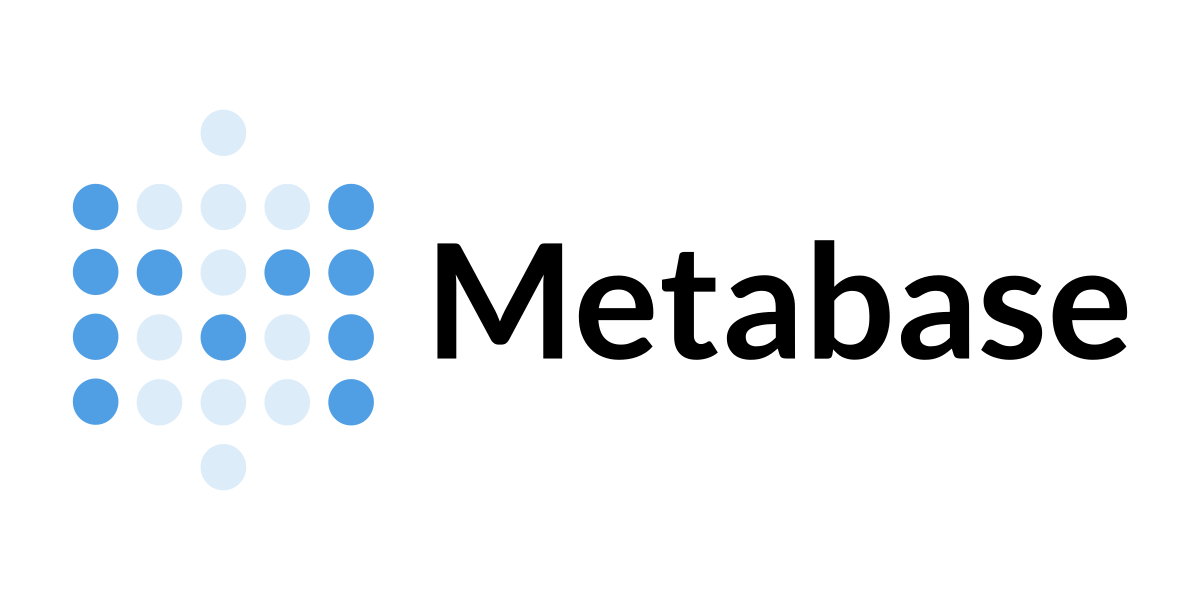
Metabase is a highly specialized analytics solution that requires data architects to build out visualizations with an organization’s PostgreSQL data. Although Metabase is free to use, its open-source nature gates it off from the non-technical user. Metabase’s integration with PostgreSQL is smooth only if you have a trusted data architect on board since the PostgreSQL connection and dashboard creation processes require lengthy and complex code.
Although Metabase is a free analytics solution that can connect to PostgreSQL, being open-source has major drawbacks starting with scalability. Scalability is not Metabase's strong suit, with large data sets slowing down filtering and loading times significantly. The solution is designed for data architects that have expert knowledge in SQL, gearing Metabase towards companies that have the analyst and developer personnel to consistently maintain and operate the solution.
The lack of customization in visualization design is a result of Metabase's open-source nature, with very few colors and layouts available to users looking to create appealing reports. Basic features such as drag-and-drop are non-existent in Metabase’s solution as it is meant to be built and operated exclusively by experts. This traditional and demanding solution can be useful in the right hands, but will not cater to the user looking for modern-looking reports.
All-in-all, Metabase is an excellent solution for a company looking for a customizable solution and that is willing to invest heavily in its data team.
05. Power BI
Who it is made for: Data analysts
Data level needed: Expert
Unique attribute: BI specialization
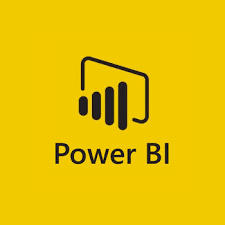
Power BI is Microsoft’s traditional and most powerful business intelligence offering. The solution has a reputation for its ease of data warehouse connections, and this is no different for PostgreSQL. While it isn’t as quick as Toucan’s one-click integration, there is minimal technical expertise required to connect Power BI with PostgreSQL.
While the connection may be seamless, Power BI’s evolution has been stagnant. The primary frustration for Power BI’s users is its reliance on M language, which adds unnecessary frustration to an already complex coding process. Although most data experts can use M language, users need help when encountering complications, which Power BI’s customer support team is unable to provide. While Power BI is the only solution on this list focused specifically on enterprise, its lack of critical features such as undo and alignment functions limit its capabilities.
If you are making the shift from another data warehouse to PostgreSQL and already have Power BI in your data stack, the solution will be a great fit for experts who mastered the platform.
Although Power BI advertises a stable and high-performing PostgreSQL connection, its price, steep learning curve, and limitations make it difficult to recommend for a technical PostgreSQL user.
Which PostgreSQL BI/REporting Solution Should You Choose?
The analytics solution that you choose will fully depend on your use case and data infrastructure. The analytics solutions on this list all have their strengths and weaknesses, with some only catering to specific users and expertise levels. However, if we had to pick an analytics solution to layer on top of PostgreSQL, Toucan would be our choice.
Objectively, Toucan has everything you would want from a PostgreSQL-compatible solution with a one-click integration, contextual insights, and seamless scalability. Although some solutions in the market cater to users with lower technical levels, Toucan is built specifically for non-technical users, allowing every team to get the most out of their PostgreSQL data. By combining PostgreSQL’s user-friendly data warehousing management with Toucan’s 0-code analytics, non-technical users can simplify, own, and democratize their data across every level of their company.


